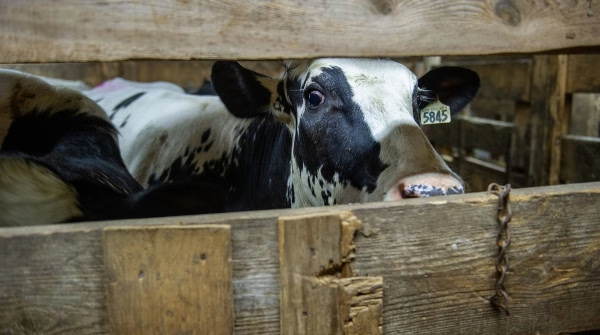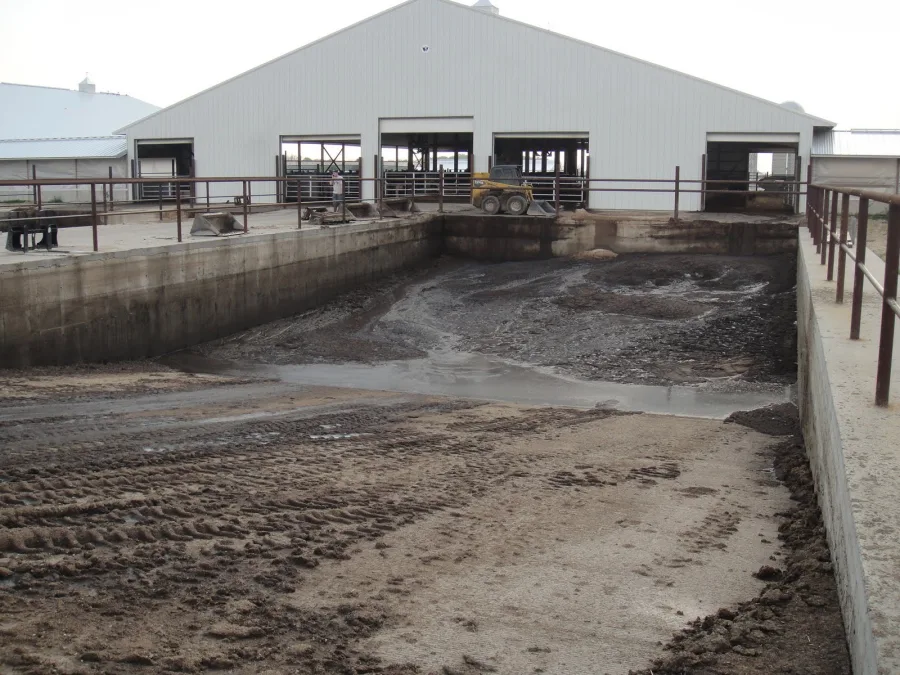Your daily dairy routine might be producing more plastic waste than you think. Are you ready to tackle this growing problem? Keep reading to find out how.
Summary: Plastic waste in the dairy industry has reached alarming levels, with severe environmental and financial repercussions. Daily use of plastic items, from feed bags to silage wrap, affects delicate ecosystems and poses risks to farm profitability. Improper disposal contaminates rivers and harms marine life, while manufacturing and breakdown emit toxic chemicals, exacerbating pollution and climate change concerns. Additionally, managing plastic waste presents hidden costs that are often overlooked, necessitating investment in specialized waste management solutions or potential fines from regulatory bodies. By implementing innovative solutions and sustainable practices, dairy farms can significantly reduce plastic pollution, ensuring a healthier environment and boosting their bottom line.
- Plastic waste poses severe environmental and financial issues for dairy farms.
- Daily plastic use in agriculture impacts ecosystems and profitability.
- Improper disposal of plastic contaminates water bodies and harms marine life.
- The manufacturing and breakdown of plastics release toxic chemicals, worsening pollution and climate change.
- Hidden plastic waste management costs include specialized disposal methods and potential regulatory fines.
- Adopting sustainable practices can reduce plastic pollution and improve financial outcomes for dairy farms.

Imagine your dairy farm drowning in plastic garbage, endangering not just the environment but also your livelihood. The severity of the plastic disposal problem is growing at an alarming pace, and its effect on dairy farms is a ticking time bomb. The sheer amount of plastic used daily, from feed bags to silage wrap, is startling, and the environmental consequences may be disastrous, resulting in soil pollution, negative impacts on livestock and wildlife, and long-term agricultural land deterioration. Consider how the constant presence of non-biodegradable plastic may make fields unproductive, endanger water supplies, and create a dangerous habitat for wildlife. The moment to act is before the damage is irrevocable and the farm’s future is at stake.
Shocking Truth: Your Daily Dairy Routine Is Pumping Up Plastic Waste!
Current dairy farm operations contribute considerably to plastic trash, which is frequently unobserved. One of the most common sources is silage wrap, an essential tool for keeping grain but contributes significantly to plastic litter when discarded. Farmers regularly use plastic feed bags, which end up as garbage after the contents are used. Furthermore, throwaway products like plastic baling wire, pesticide containers, and different packing materials used for veterinary supplies build over time, resulting in a hidden but widespread waste issue on the farm. These methods combined generate a mountain of plastic garbage, posing environmental and operational concerns.
The Scary Environmental Toll of Dairy Farm Plastic Waste
Plastic waste has serious environmental consequences. When disposed of inappropriately, plastics often wind up in rivers, causing widespread contamination. This pollution does not disintegrate but instead remains, breaking down into tiny particles known as microplastic. These microplastics enter aquatic ecosystems and do severe damage to marine life. Fish, birds, and other species consume these plastics, mistaking them for food. This consumption may cause physical harm, hunger, and possibly death.
Furthermore, the manufacture and breakdown of plastic materials emit toxic chemicals and greenhouse gases. These emissions lead to air and water pollution, which exacerbates climate change. Plastics take hundreds of years to disintegrate, raising significant long-term sustainability concerns. Their endurance in the ecosystem implies that the harm accumulates over time, resulting in an ever-increasing ecological imprint.
This is especially problematic for dairy farms, considering their closeness to natural resources. Runoff from agricultural activities may transport plastic garbage into nearby streams and rivers, exacerbating the environmental damage. As a result, tackling plastic waste is not just a practical need but also an essential component of environmental stewardship and sustainable agricultural methods.
The Hidden Costs of Plastic Waste: A Silent Profit Killer on Your Dairy Farm
| Cost Category | Annual Expense |
|---|---|
| Plastic Purchase | $10,000 |
| Storage & Handling | $2,000 |
| Disposal Fees | $3,500 |
| Labor for Disposal | $1,500 |
| Environmental Fines | $5,000 |
| Total Annual Cost | $22,000 |
The economic expenses of handling plastic garbage on dairy farms are significant and sometimes underestimated. Disposal expenses alone may consume a substantial portion of operations expenditures, affecting total profitability. Dairy producers must invest in specialist waste management solutions to appropriately manage plastic waste, such as acquiring or leasing compactors and balers or contracting garbage disposal services. These costs soon build up, further reducing already slim profits.
Furthermore, the financial burden does not end with disposal. Improper plastic garbage disposal may result in substantial penalties, adding another layer of expense. Regulatory organizations are progressively tightening down on environmental infractions, possibly resulting in severe fines for farms that fail to meet waste management regulations. These penalties may have disastrous long-term financial consequences, damaging individual farms and the dairy industry’s image.
Innovative Solutions: How Smart Dairy Farms Are Winning the War on Plastic Waste
Many forward-thinking dairy farms are adopting new strategies to address plastic pollution immediately. Recycling initiatives are already in place, enabling farmers to switch from single-use plastics to reusable alternatives. These measures have significantly reduced the amount of garbage delivered to landfills.
Biodegradable alternatives are another major changer. Products from plant-based materials or other environmentally friendly components replace old plastics, smoothly integrating into current agriculture methods. These alternatives degrade naturally, not contributing to long-term environmental deterioration.
Community projects are equally important. Dairy farms collaborate with local groups and stakeholders on programs that promote awareness and inspire collective action for sustainability. From plastic collection drives to instructional seminars, these programs foster a culture of environmental responsibility and care in the agricultural community.
Take Action Now: Transform Your Dairy Farm by Tackling Plastic Waste
As a dairy farm owner, you can significantly impact our environment. The battle against plastic waste begins with you—it is time to stand up and adopt aggressive actions.
Implement practical changes today by following these tips:
- Reduce: Purchasing in bulk helps to reduce the consumption of single-use plastic. Whenever possible, choose items with minor packaging.
- Reuse: Reusing containers and packaging helps extend the life of plastic objects. Consider reusing silage wrap and other items.
- Recycle: Install dedicated recycling sites on your property. Work with local recycling initiatives to guarantee appropriate disposal of plastic garbage.
Resources are available to assist you in these efforts:
- Plastic Film Recycling: Locate drop-off sites for plastic film recycling.
- EPA Recycling Guide: Learn the best recycling techniques and accessible options.
- Iowa State University Extension and Outreach: Discover novel approaches to managing trash on agricultural fields.
Taking these actions is both environmentally friendly and economically sound. Reducing waste saves money and promotes a more sustainable future for your farm and the planet.
The Bottom Line
Addressing plastic waste in dairy production is no longer a choice but a need. By limiting environmental consequences and lowering hidden financial expenses, addressing this problem may considerably improve your business’ sustainability and profitability. Innovative solutions demonstrate that moving to more environmentally friendly practices is achievable and rewarding. Looking forward, the option is clear: will you contribute to the issue or take urgent action to secure a better world for future generations?














